2005 Fiat Ducato 2.8 Jtd Review
Fiat Ducato and Peugeot Boxer Buyer's Guide
If you're buying a Fiat Ducato or Peugeot Boxer based motorhome, Rob Hawkins shares his top tips to help you avoid the pitfalls and buy with confidence
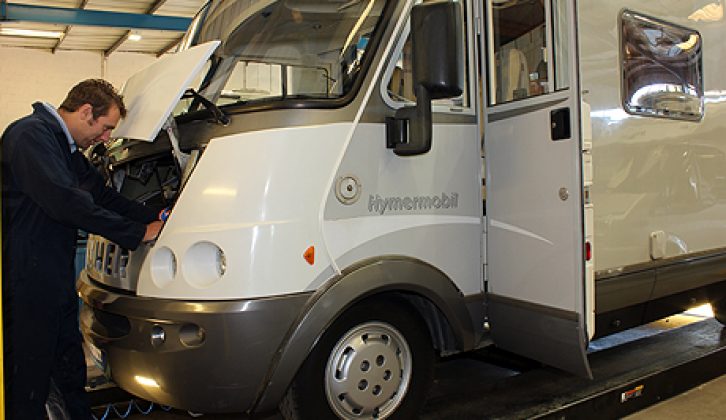
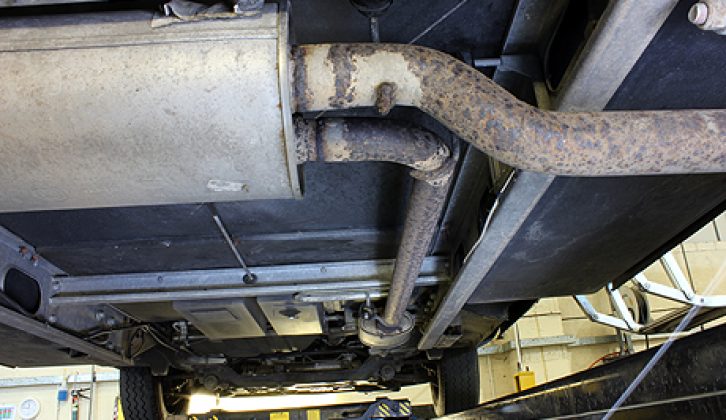
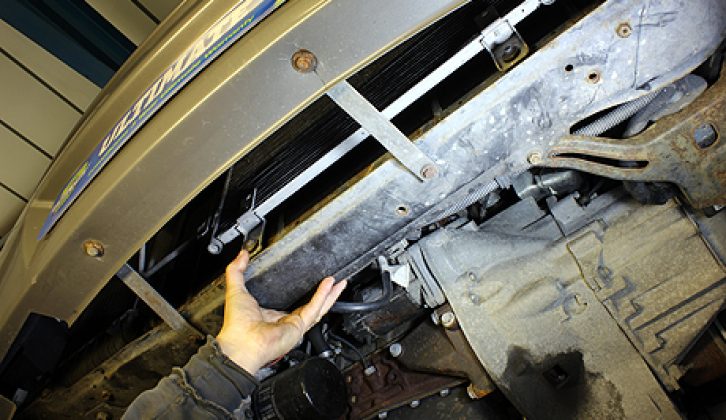
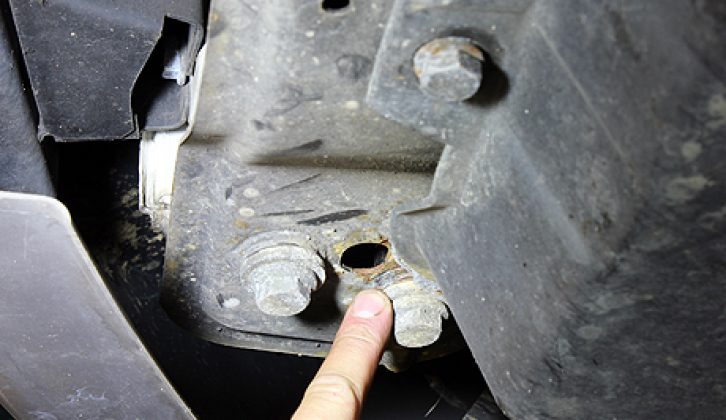
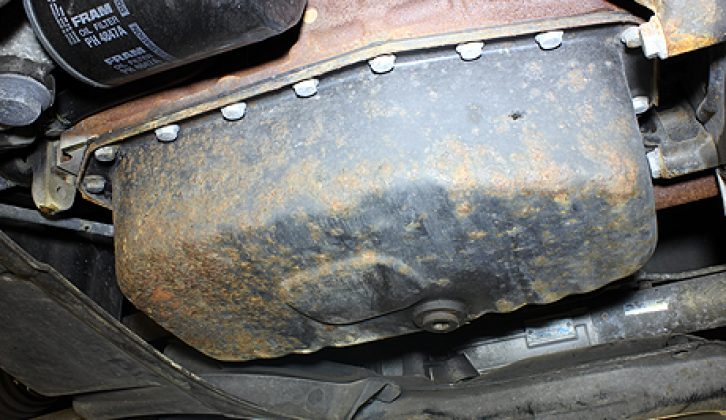
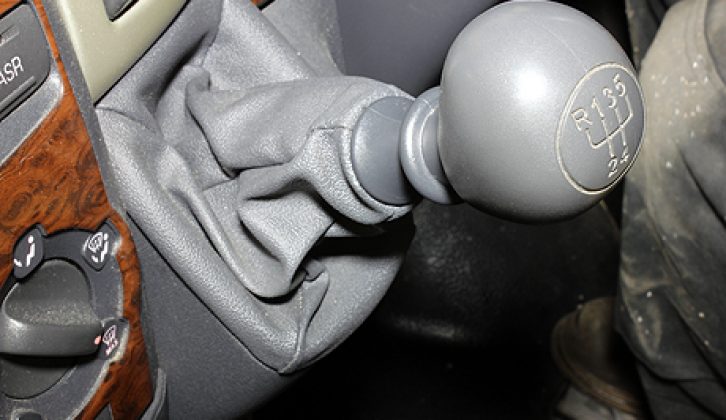
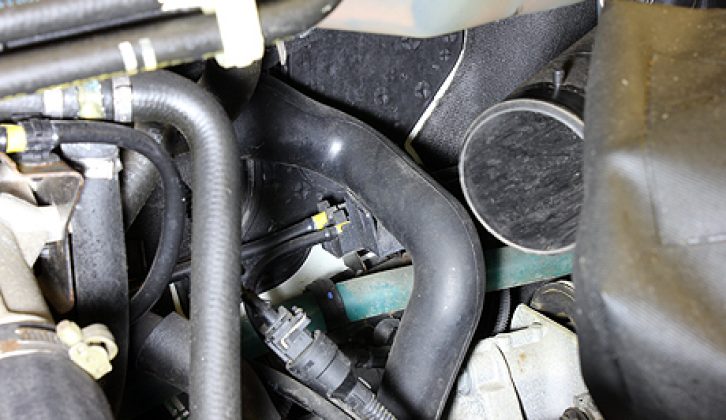
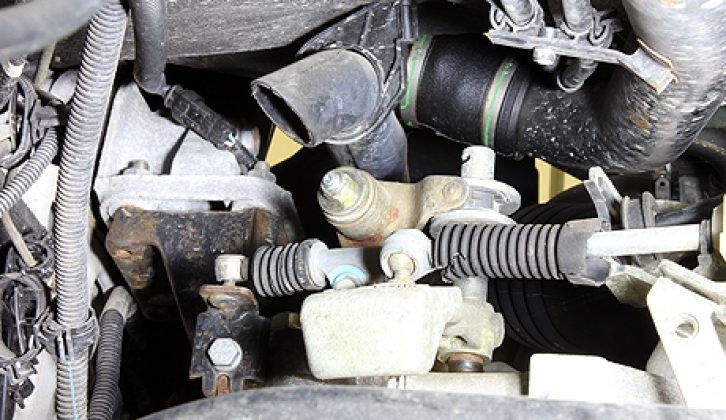
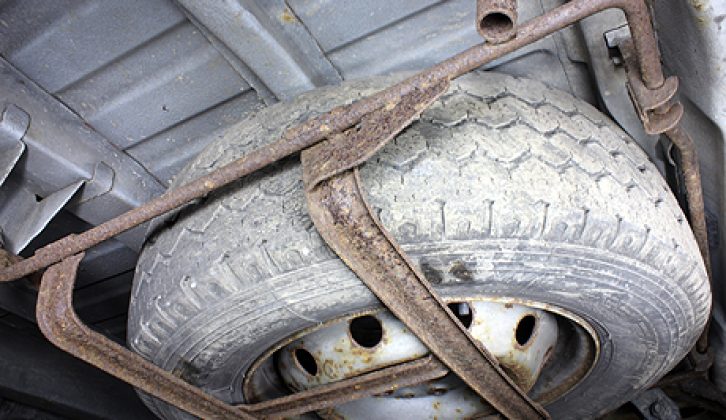
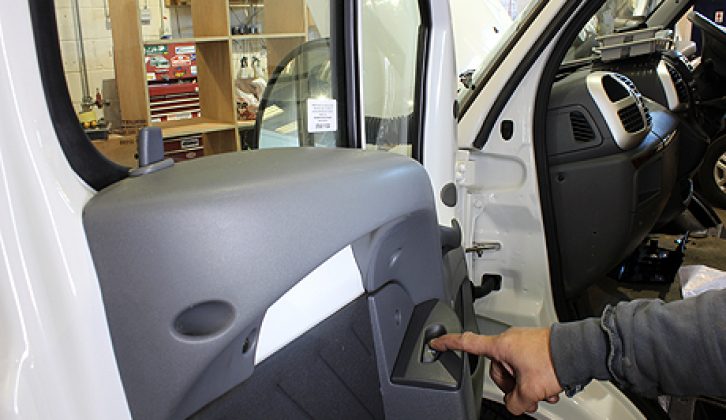
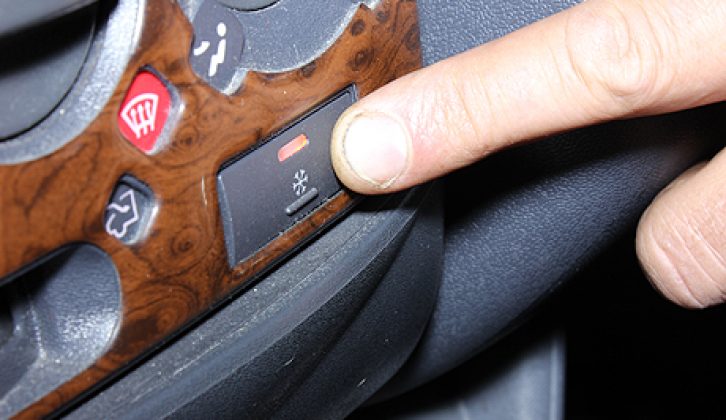
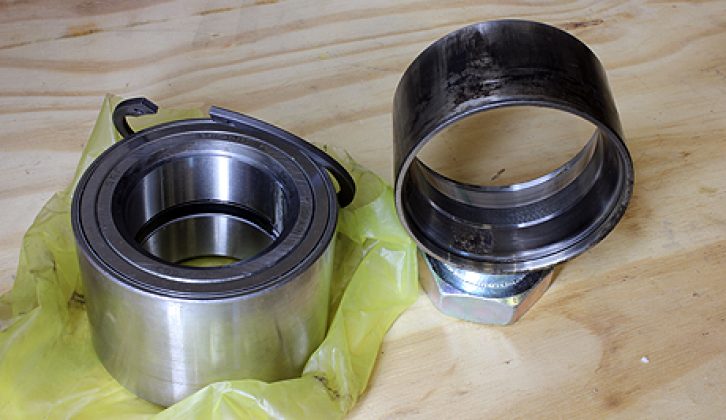
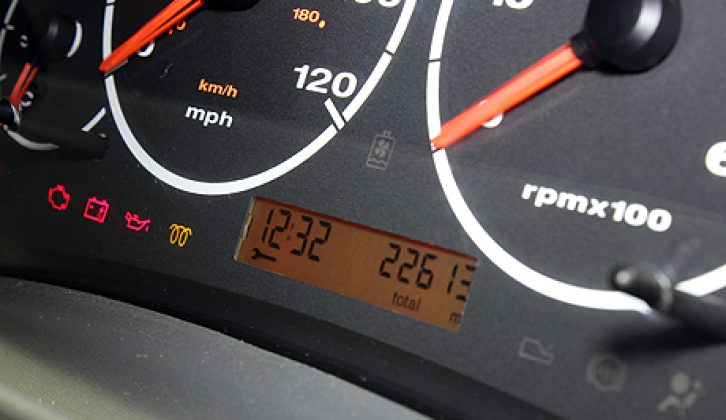
The Fiat Ducato (also known as the X244) produced between 2003 and 2008 has formed the basis of a wide assortment of motorhomes, ranging from panel van conversions, through traditional coachbuilt vehicles to A-class motorhomes with an integrated cab. If you're looking at used motorhomes for sale, this advice could well help you make a good, trouble free purchase.
Whilst the motorhome body styling may differ, the components underneath are all relatively similar, which means there are plenty of common problems to lookout for when buying any motohome built on this platform.
The Fiat Ducato is built in the same factory in Italy as the Peugeot Boxer and Citroen Relay models and they are broadly identical, apart from some detail and specification issues. The term 'Sevel' is often used to describe all models regardless of the badge they carry.
The majority of items listed here are also similar to earlier X230 Ducato and Boxer models. The later (current) X250 model is substantially revised.
Which Ducato/Boxer are you looking at?
The first generation Ducato was an angular looking vehicle made from the early 1980s through until 1994. It looks very different from the models we are looking at and is not easy to mistake for later models.
From 1995 onwards, the X230 Ducato and Boxer models were launched, remaining in production until the facelifted X244 models replaced them from late 2002 onward. Although still closely related, it was mainly improvements in the cab, a revised, modernised front-end and a refresh of the engine line-up which differentiated the X230 and X244 models.
Under the bonnet
The majority of these motorhomes are powered by a diesel engine. For earlier models, a 1.9 diesel in both turbo and normally aspirated versions was available, with bigger 2.5 and 2.8 litre diesels further up the range. These are simple units by modern standards. A visual check for oil leaks, excess smoke and difficulty starting all indicate issues that need further investigation.
From the facelift on, cleaner, more powerful common-rail units came along in 2.0 non-intercooled turbo diesel, 2.3 or 2.8 litre intercooled turbo diesels. These are smoother, more powerful and refined engines but still have a good reputation for reliability. Excess smoke on boost can indicate that the turbo is about to give out while sluggish performance and smoke suggest injector, pump or intercooler issues. None should be treated lightly. All drove through a five speed manual gearbox. Check that fifth gear engages properly as most transmission problems centre around this. Some automatics were manufactured, delivering power to the front wheels, but these are rare in the UK and were only available as left-hand drive.
Suspension comprises well-proven MacPherson struts at the front and a beam axle with leaf springs or a torsion bar at the rear. Brakes are usually discs all round, although drums are sometimes found on the rear.
Common problems
Lack of use can cause several problems, especially if the vehicle has been stood on grass, allowing damp to rise upwards. Start by checking the exhaust. If it's rusty, it may be blowing. Some exhausts on coachbuilt motorhomes are expensive to replace.
Look underneath the front of the motorhome at the crossmember, which is a structural part of the vehicle. Water can collect inside, leading to rust, so if there's anything beyond surface corrosion, it must be renewed. Luckily, it's a bolt-on part.
Check the front right-hand chassis leg where it connects to the crossmember (outlined above). This is a water trap and can get drenched further if the washer bottle is leaking. Excessive corrosion in this area spells major and expensive surgery.
Whilst underneath the front of the vehicle, look at the engine oil sump. It will probably be a little rusty, but look for oil leaks. The sump gasket can leak or if the sump is excessively rusty, it can leak as well.
Move the gear lever into the neutral position. It should be central (it needs adjusting if it's not). Try selecting all the gears, including reverse. If any are stiff, the linkage may be corroded and will need removing and cleaning. Why it's corroded is covered below.
A drain pipe from the base of the windscreen should run down inside the engine bay and exit near the gear linkage. The pipe can be seen inside the engine bay and underneath next to the gear linkage. Make sure the pipe is correctly clipped in position.
When checking the motorhome's rear lights, if the reversing light does not work and the bulb hasn't blown, the problem usually lies with the reversing switch on the gearbox. This can be fixed from inside the engine bay by first removing the air filter box.
If a spare wheel is secured to the underside of the motorhome at the rear, make sure it can be removed. Its fixings often become heavily corroded and the only way to remove the spare wheel is to bend or cut the carrier.
For motorhomes with electric windows, check the passenger window can be operated. It isn't often used, so the motor can stick and refuse to move the window up or down. This is usually caused through lack of use.
Another problem due to lack of use concerns the air conditioning. It should be run every month to make sure the seals inside the system do not harden and should be re-gassed every year. Make sure it works. Problems can be expensive if major components need replacing.
If the motorhome has stood still for a long period of time, the front wheel bearings can corrode and will need renewing. Take the motorhome for a test drive and listen for noisy wheel bearings (there's rarely any play in them).
Whilst a fully stamped service book may indicate a motorhome has been looked after, make sure the vehicle has been serviced at least every year, even if the mileage is low. For example, the timing belt (including tensioner and idlers) should be renewed at least every five years.
Other common issues to look out for:
- Rear drum brakes – the wheel cylinder inside the rear brake drum can seize but you will only discover this at an MoT when the rear brakes are tested.
- Water in the gearbox – water drainage can leak into the gearbox if the pipework isn't correctly positioned. Drain and renew the gearbox oil if you suspect this is the case.
- Rusty radiator – check the coolant level and ask questions if it is low (there should be no leaks). The radiator can corrode and start to leak.
Thanks to Lowdham Leisureworld for helping with this feature.
Lack of use can cause several problems, especially if the vehicle has been stood on grass
2005 Fiat Ducato 2.8 Jtd Review
Source: https://www.practicalmotorhome.com/advice/fiat-ducato-and-peugeot-boxer-buyers-guide

Tidak ada komentar: